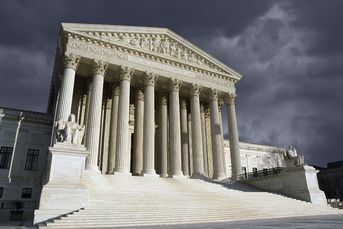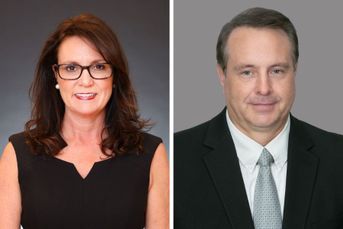403(b) plans ahead of 401(k)s on ESG, retirement income

Participation in 403(b) plans went up during the pandemic, to over 77% of eligible employees in 2020, compared with less than 77% in 2019 and 72% in 2018, according to PSCA.
403(b) plans have become more like 401(k) plans in recent years, trimming down investment menus and using automatic features to improve participation rates — but they are ahead of their for-profit industry counterparts in two key areas: ESG and annuities.
According to a report Tuesday from the Plan Sponsor Council of America, participation in 403(b) plans went up during the pandemic, at over 77% of eligible employees in 2020, compared with less than 77% in 2019 and 72% in 2018. About 30% of the 400 nonprofit plan sponsors surveyed said they use automatic enrollment, up by about 50% from the rate five years ago, according to PSCA, whose survey was sponsored by Principal.
However, that trend, along with the economic consequences of the pandemic, appears to have had a negative effect on contributions. About 13% of 403(b) plan sponsors cut back on the money they put into employees’ accounts, with the average rate going from 6.3% in 2019 to 4.6% last year. Workers’ average contribution rates also fell, at 6.2% in 2020, compared to 7.2% in 2019. About 64% of plans that use automatic enrollment set the default contribution rate at 3% or less, PSCA noted.
Another area where 403(b)s are gaining ground is in the use of Roth features. Just under half of such plans included Roth options last year, compared with under 47% in 2019. And more of the plans are including advice services for participants, with nearly 42% offering those last year, up from less than 37% in 2019.
For the past five years, more than a third of sponsors have said their plans include ESG investment options. That has ranged from more than 45% of plans to just over 34% — but it’s much higher than the rate within 401(k)s, only about 2.6% of which provide ESG funds on their menus, according to PSCA.
Regardless, only about 1% of defined-contribution plan assets are invested in ESG funds, a figure that is similar among both 401(k)s and 403(b)s, according to industry data.
That could change, given a proposed rule issued Wednesday by the Department of Labor that would let plan sponsors consider ESG issues as material factors when choosing investments. That proposal would also allow target-date funds and other default investment options to be given ESG considerations.
Another area where 401(k) plans lag — guaranteed income options — is one where 403(b)s are leading, according to PSCA. Last year, nearly 54% of 403(b) plans included annuities as a distribution option for participants, compared with just over 17% of 401(k)s.
Pandemic underscores value of CRM
Learn more about reprints and licensing for this article.








